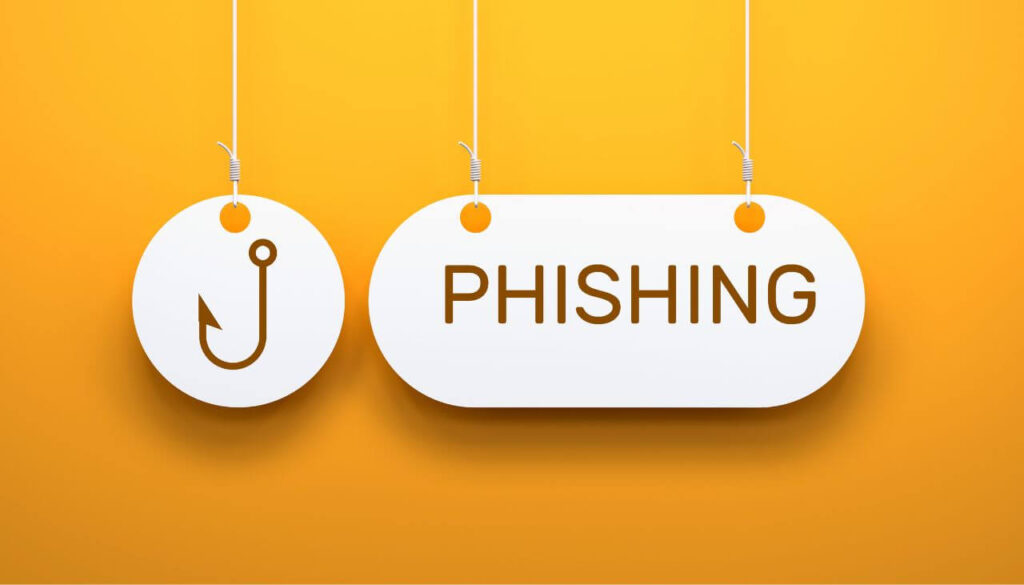Phishing attacks are becoming increasingly sophisticated, but one emerging tactic is setting a new bar for precision and deception. Known as Precision-Validated Phishing, this method uses real-time credential validation to enhance the success rate of phishing campaigns.
A recent report by Cofense reveals how this strategy is changing the phishing landscape and presenting new challenges for defenders.

What Is Precision-Validated Phishing?
Unlike traditional phishing, which relies on static credential harvesting, Precision-Validated Phishing campaigns actively verify the login credentials as soon as they are entered into the fake site. If the login is successful, attackers receive an instant confirmation. If not, users are prompted to “try again,” creating the illusion of a malfunction rather than a red flag. This method significantly improves success rates by filtering out false data and making sure the collected credentials are valid and usable.
Real-Time Credential Testing
In traditional phishing, attackers often gather a bulk of credential data and later sift through it to find usable logins. With precision-validation, however, that step is automated and immediate. This enables attackers to scale their operations more effectively, quickly exploiting compromised accounts before detection tools or users can react.
This form of phishing is often paired with well-crafted, brand-specific landing pages that mimic real services like Microsoft 365, banking portals, or corporate VPNs. The combination of realistic design and real-time feedback makes it more convincing—and more dangerous—than older phishing tactics.
Implications for Defenders and Organizations
The emergence of this tactic signals a need for updated defense strategies. Email security gateways may struggle to detect these campaigns if the emails are well-crafted and domain infrastructure is clean. Meanwhile, users may not suspect anything if they are only prompted to re-enter their password once.
Security teams must adapt to this alarming phishing trend by focusing on:
- User behavior monitoring: Look for signs of unusual login attempts or rapid credential reuse.
- Multi-factor authentication (MFA): Although not foolproof, MFA adds an important layer that can stop an attacker from immediately accessing an account even with valid credentials.
- Security awareness training: Teach users how modern phishing works, including signs of subtle deception.
The Bottom Line
Precision-Validated Phishing represents a calculated evolution in attacker tactics, one that blends automation, social engineering, and real-time feedback to exploit trust more effectively. As credential theft becomes more targeted and accurate, defenders must respond with smarter, behavior-driven defenses and greater user awareness.


